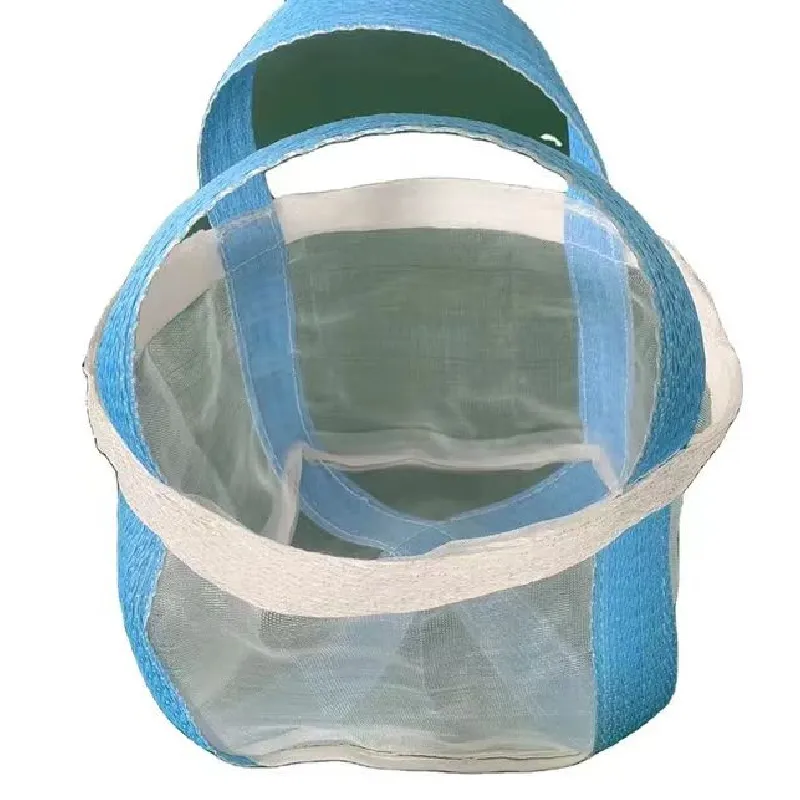-
 Afrikaans
Afrikaans -
 Albanian
Albanian -
 Amharic
Amharic -
 Arabic
Arabic -
 Armenian
Armenian -
 Azerbaijani
Azerbaijani -
 Basque
Basque -
 Belarusian
Belarusian -
 Bengali
Bengali -
 Bosnian
Bosnian -
 Bulgarian
Bulgarian -
 Catalan
Catalan -
 Cebuano
Cebuano -
 China
China -
 Corsican
Corsican -
 Croatian
Croatian -
 Czech
Czech -
 Danish
Danish -
 Dutch
Dutch -
 English
English -
 Esperanto
Esperanto -
 Estonian
Estonian -
 Finnish
Finnish -
 French
French -
 Frisian
Frisian -
 Galician
Galician -
 Georgian
Georgian -
 German
German -
 Greek
Greek -
 Gujarati
Gujarati -
 Haitian Creole
Haitian Creole -
 hausa
hausa -
 hawaiian
hawaiian -
 Hebrew
Hebrew -
 Hindi
Hindi -
 Miao
Miao -
 Hungarian
Hungarian -
 Icelandic
Icelandic -
 igbo
igbo -
 Indonesian
Indonesian -
 irish
irish -
 Italian
Italian -
 Japanese
Japanese -
 Javanese
Javanese -
 Kannada
Kannada -
 kazakh
kazakh -
 Khmer
Khmer -
 Rwandese
Rwandese -
 Korean
Korean -
 Kurdish
Kurdish -
 Kyrgyz
Kyrgyz -
 Lao
Lao -
 Latin
Latin -
 Latvian
Latvian -
 Lithuanian
Lithuanian -
 Luxembourgish
Luxembourgish -
 Macedonian
Macedonian -
 Malgashi
Malgashi -
 Malay
Malay -
 Malayalam
Malayalam -
 Maltese
Maltese -
 Maori
Maori -
 Marathi
Marathi -
 Mongolian
Mongolian -
 Myanmar
Myanmar -
 Nepali
Nepali -
 Norwegian
Norwegian -
 Norwegian
Norwegian -
 Occitan
Occitan -
 Pashto
Pashto -
 Persian
Persian -
 Polish
Polish -
 Portuguese
Portuguese -
 Punjabi
Punjabi -
 Romanian
Romanian -
 Russian
Russian -
 Samoan
Samoan -
 Scottish Gaelic
Scottish Gaelic -
 Serbian
Serbian -
 Sesotho
Sesotho -
 Shona
Shona -
 Sindhi
Sindhi -
 Sinhala
Sinhala -
 Slovak
Slovak -
 Slovenian
Slovenian -
 Somali
Somali -
 Spanish
Spanish -
 Sundanese
Sundanese -
 Swahili
Swahili -
 Swedish
Swedish -
 Tagalog
Tagalog -
 Tajik
Tajik -
 Tamil
Tamil -
 Tatar
Tatar -
 Telugu
Telugu -
 Thai
Thai -
 Turkish
Turkish -
 Turkmen
Turkmen -
 Ukrainian
Ukrainian -
 Urdu
Urdu -
 Uighur
Uighur -
 Uzbek
Uzbek -
 Vietnamese
Vietnamese -
 Welsh
Welsh -
 Bantu
Bantu -
 Yiddish
Yiddish -
 Yoruba
Yoruba -
 Zulu
Zulu
Effective Solutions for Bird Protection Using Innovative Netting Techniques
The Importance of Bird Netting in Modern Agriculture
Bird netting has become an essential tool in modern agriculture, providing effective protection for crops against invasive bird species that pose significant threats to harvests. As farmers strive to maximize their yields, the implementation of bird netting has emerged as a practical solution to safeguard plants from avian predators.
Birds, while an integral part of our ecosystem, can wreak havoc on agricultural fields, especially during the growing season. Crops such as berries, grapes, and other fruits are particularly vulnerable, often attracting flocks of birds that can consume a large portion of the harvest in a matter of days. This not only results in economic loss for farmers but also affects the local supply of produce, causing prices to rise due to reduced availability. Consequently, protecting crops using bird netting can mean the difference between a successful yield and a failed harvest.
The design and material of bird netting have evolved significantly over the years. Made from durable, lightweight polymers, modern netting is designed to be weather-resistant, ensuring longevity throughout the growing seasons. It is typically available in various mesh sizes, tailored to exclude specific bird species while allowing beneficial insects to pass through. This selectivity makes bird netting an eco-friendly solution, as it minimizes the use of chemical deterrents that can harm other wildlife.
bird netting

Moreover, the installation of bird netting is relatively straightforward, making it accessible for farmers of all sizes. It can be draped over plants, stretched across fields, or configured to protect entire orchards, adapting to various farming needs. Maintaining such a system is manageable, with periodic checks required to ensure no gaps or damages have occurred.
While bird netting effectively deters birds, it also serves to educate farmers about the importance of sustainable practices. By utilizing physical barriers rather than chemical means, agricultural operations can promote biodiversity and maintain the ecological balance, which is increasingly crucial in the face of climate change and habitat loss.
In conclusion, bird netting represents a vital investment for modern agriculture. As farmers continue to face the challenges posed by bird populations, the adoption of this protective measure not only helps preserve their harvests but also encourages environmentally responsible farming methods. As technology advances, we can expect continued improvements in bird netting solutions, further enhancing the effectiveness and efficiency of crop protection in the years to come.
-
Shipping Plastic Bags for Every NeedNewsJul.24,2025
-
Safety Netting: Your Shield in ConstructionNewsJul.24,2025
-
Plastic Mesh Netting for Everyday UseNewsJul.24,2025
-
Nylon Netting for Every UseNewsJul.24,2025
-
Mesh Breeder Box for Fish TanksNewsJul.24,2025
-
Expanded Steel Mesh Offers Durable VersatilityNewsJul.24,2025











